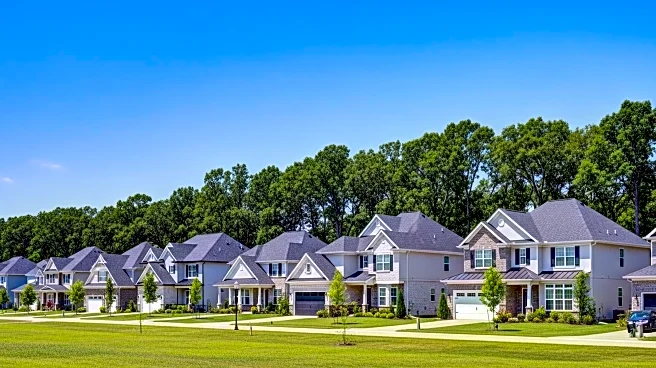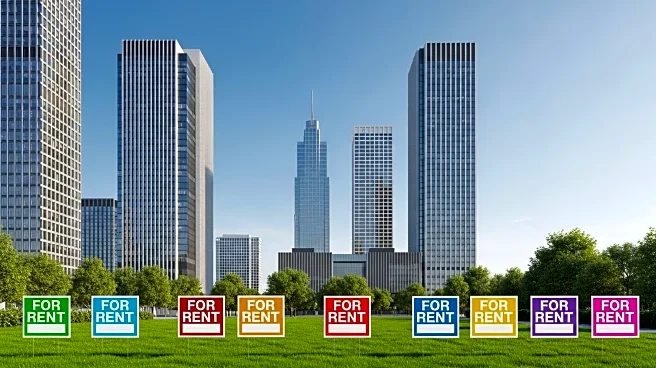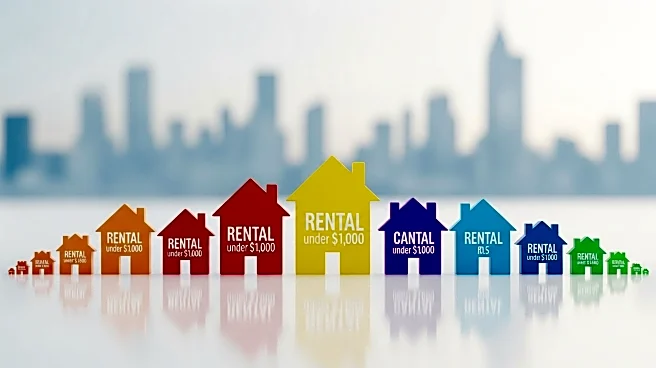What's Happening?
A study by Badeloft USA has identified Fort Worth, Texas, as the U.S. city with the largest average home size, measuring over 2,250 square feet. The study analyzed 40 major cities using data from the U.S. Census Bureau, Zillow.com, and other sources. It found a trend where inland cities, particularly in the South and Midwest, offer larger homes at more accessible prices compared to coastal cities. Nashville, Austin, and Albuquerque also ranked high for generous home sizes. The study highlights a divide between spacious inland markets and compact coastal metros, with cities like San Jose and Boston not ranking high for home size despite high demand.
Why It's Important?
The findings reflect broader trends in the U.S. housing market, where affordability and space are increasingly prioritized by homebuyers. Inland cities offering larger homes at lower prices attract buyers seeking value and space, impacting regional housing demand and economic growth. This trend may influence urban planning and development strategies, as cities adapt to changing consumer preferences. The study also underscores the challenges faced by coastal cities, where high demand and limited space drive up housing costs, affecting affordability and accessibility for residents.
What's Next?
As the housing market continues to evolve, cities with larger average home sizes may experience increased demand from buyers seeking spacious living environments. This could lead to further development and investment in these regions, potentially boosting local economies. Coastal cities may need to explore innovative solutions to address space constraints and affordability issues, such as vertical housing developments or zoning changes. Policymakers and urban planners will likely focus on balancing housing supply with demand, ensuring sustainable growth and accessibility for diverse populations.
Beyond the Headlines
The study's findings highlight the cultural and lifestyle implications of housing preferences in the U.S. Larger homes in inland cities may reflect a shift towards suburban living and family-oriented environments, influencing social dynamics and community structures. The emphasis on space over proximity to urban centers may also impact transportation and infrastructure planning, as residents prioritize home size over commute times. Additionally, the housing market trends may affect environmental considerations, as larger homes typically require more resources for construction and maintenance.











